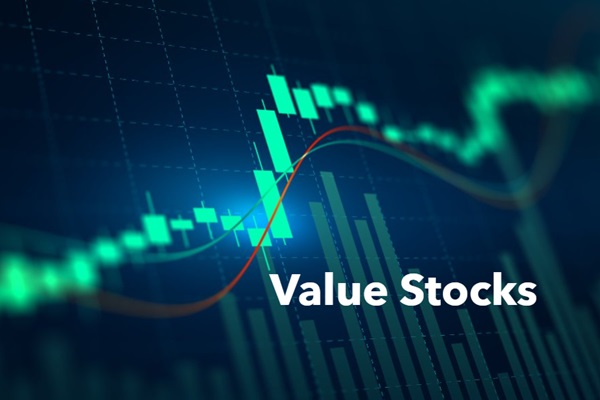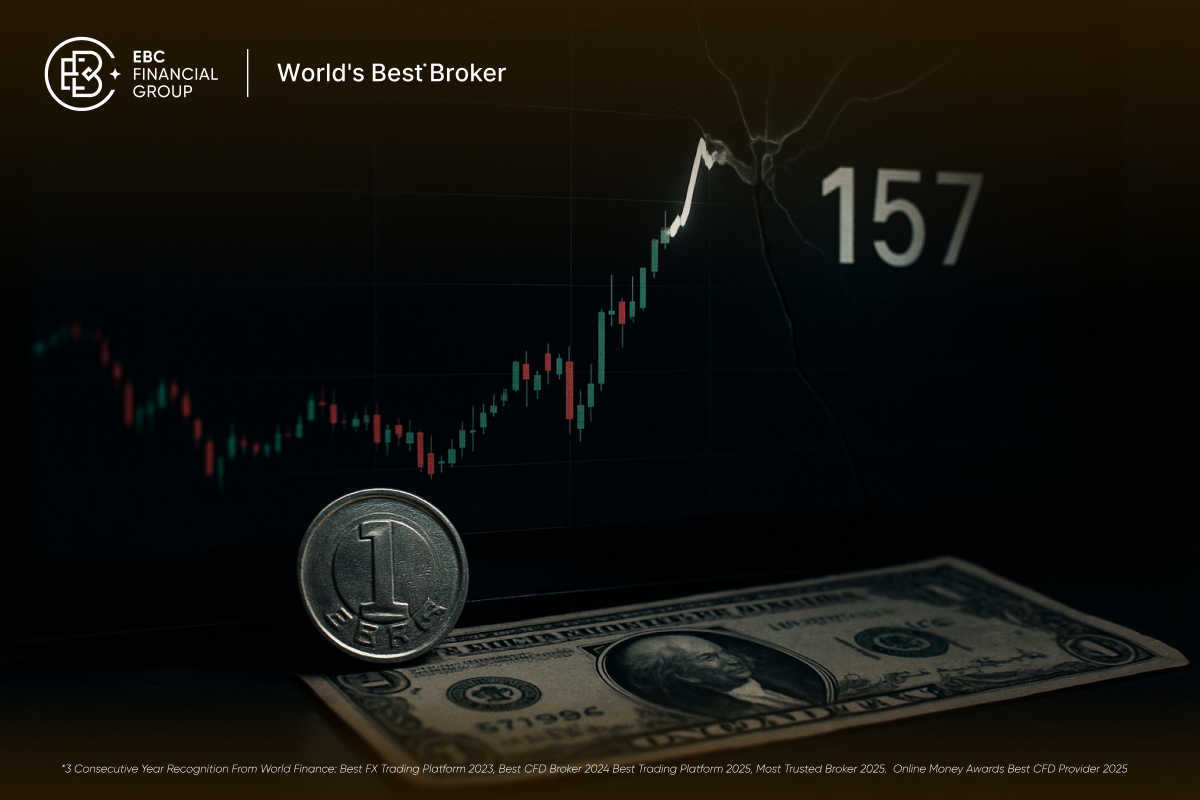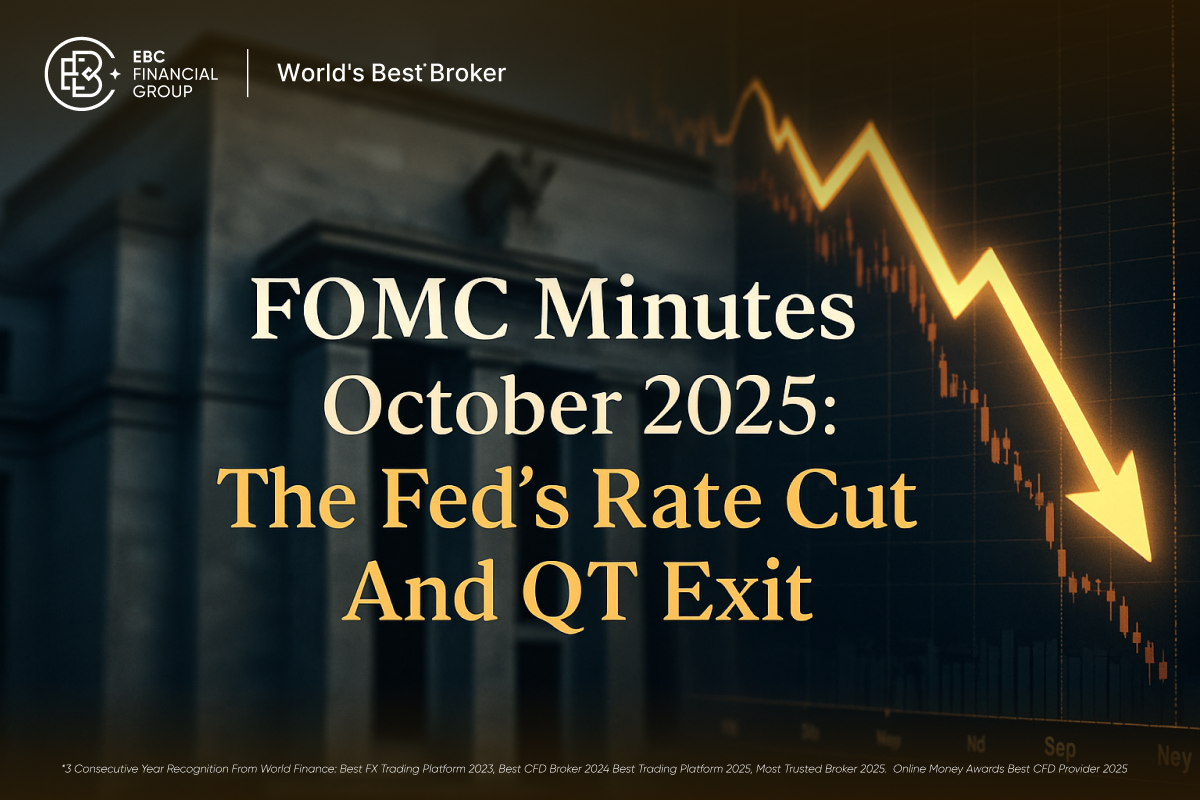Amazon has just reported a very strong quarter, with sales growing at a double-digit pace, profit coming in above Wall Street forecasts, and AWS picking up speed again.
On top of that, the company signed a large multi-year AI cloud deal that keeps Amazon right in the middle of the AI race.
Even with those positives, the share price has moved the other way. After hitting record highs in early November, Amazon (AMZN) has fallen more than 10% in only a few days, and many investors are asking a question: why is Amazon stock dropping even after strong earnings?
The main reason is not the last set of results, but what comes next.
Heavy AI spending, new debt, and growing legal and regulatory pressure are now front and centre, and when you combine those concerns with a high valuation and weak sentiment toward big tech, the market is far less willing to keep paying up for the stock.
Amazon Stock In The Market
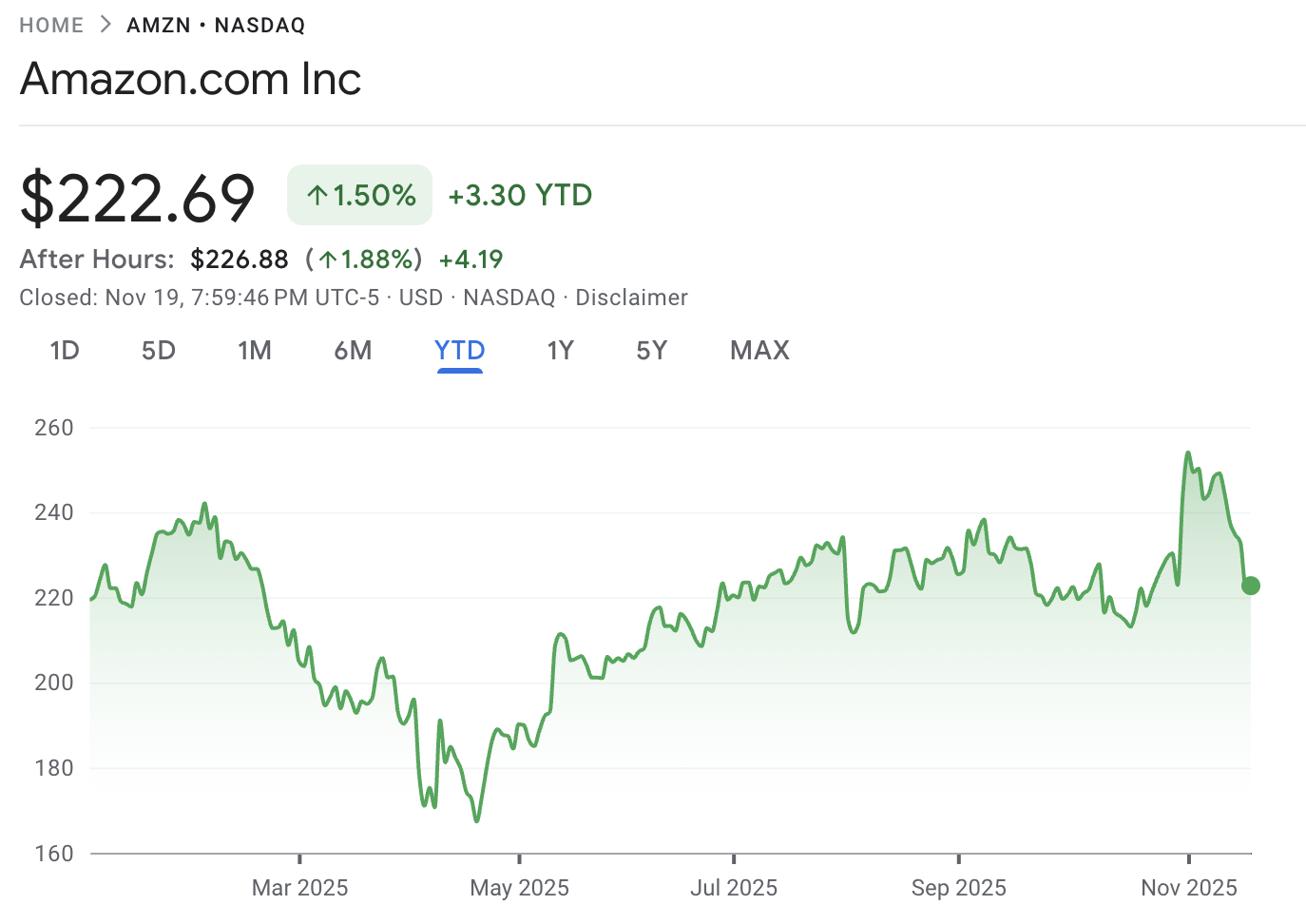
As of 20 November 2025:
| Metric |
Value |
| Latest Price |
$222.69 per share |
| Intraday Range |
$218.55 – $227.25 |
| Distance from All-Time High |
About 13% below $258.60 (3 November 2025) |
| Trailing P/E |
~31x |
| Forward P/E |
Just under 28x (still a premium to the wider market) |
Where Amazon Stock Stands After The Rally And Reversal
Right after Q3 2025 results on 30 October, the stock jumped more than 10% in one session as investors reacted to strong earnings and an AWS rebound.
Then AWS announced a seven-year, $38 billion cloud agreement with OpenAI, giving OpenAI access to hundreds of thousands of Nvidia GPUs and huge AWS capacity.
That deal helped push AMZN to an intraday high of $258.60 on 3 November.
Since then:
The price has slid back to the $222~223 area
The drop is around 13% from the peak
There has been no obvious deterioration in reported fundamentals in that time frame
So the question isn’t “what went wrong in the business overnight?” It’s “what changed in how the market thinks about Amazon at this price?”
Strong Earnings, But Expectations Were Even Stronger
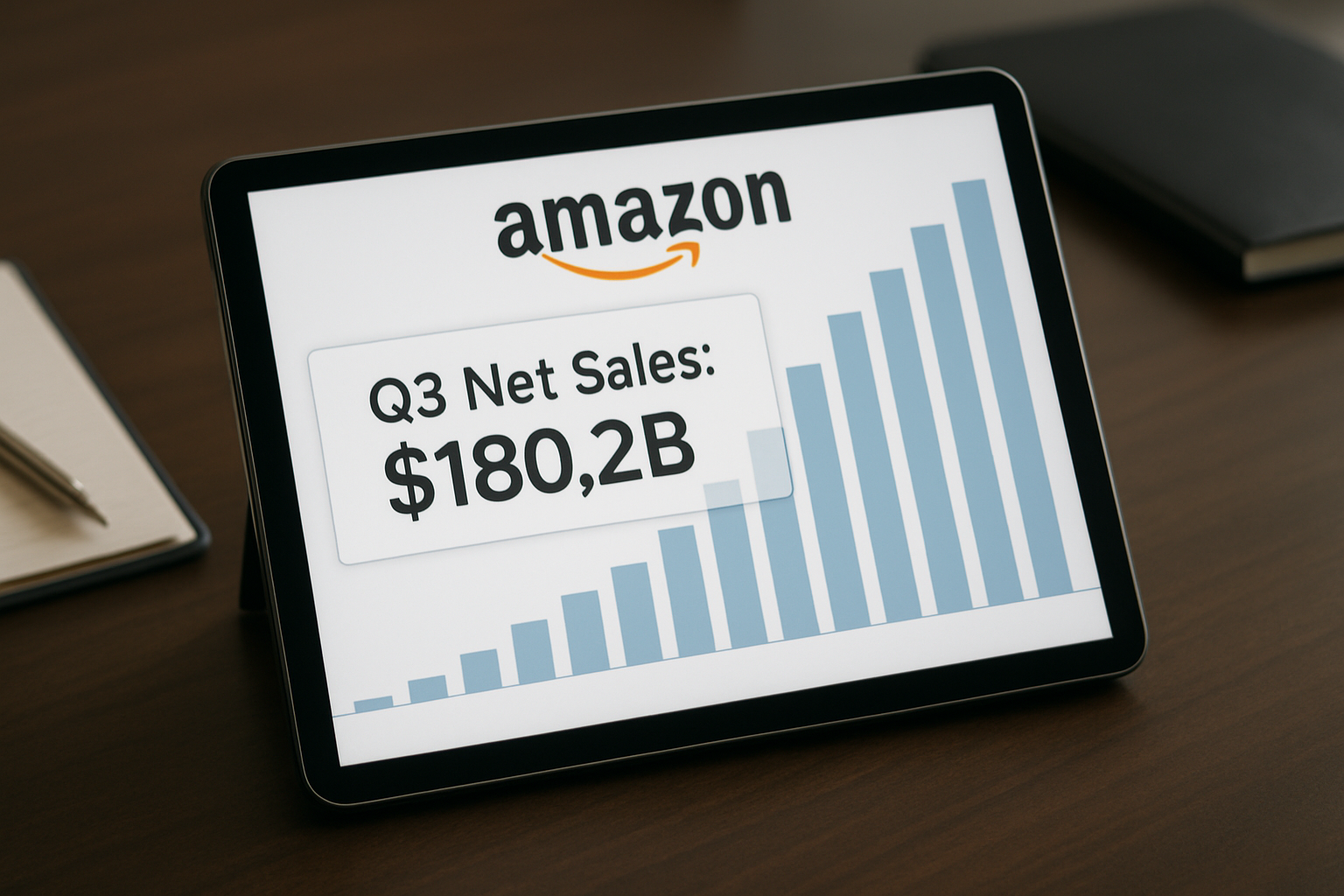
On the numbers, Q3 2025 was solid:
Net sales: $180.2 billion, up about 13% year-on-year
Net income: $21.2 billion ( $1.95 per diluted share), up from $1.43 a year earlier
AWS revenue: $33.0 billion, up 20% year-on-year – the fastest growth since 2022
AWS backlog is also huge, with remaining performance obligations around $200 billion, showing strong long-term demand.
At first, the market loved it. The share price jumped, and the story was “AWS is back, AI is working, Amazon is firing on all cylinders.”
The problem is that by the time the stock broke above $250, expectations had become extremely high. Once that happens, even good news can’t guarantee more upside. Any new worry can flip sentiment from “great story” to “time to reduce risk”.
Why Amazon Stock Is Dropping Even After Strong Earnings
1. Growth is strong, but the bar moved higher
Growth remains strong, but the bar for investors has clearly risen. Today, simply beating estimates is no longer enough, even for a major tech name.
At these elevated valuations, investors expect not only strong growth but also clear evidence that the growth is both high-quality and capable of delivering meaningful returns.
Additionally, they want reassurance regarding regulatory risks and the strength of the company’s balance sheet.
For example, when Amazon’s stock faces pressure at a valuation of around 30x earnings, it usually reflects market concerns about one of these three pillars, even if the company’s most recent quarterly results appear solid on paper.
2. AI and AWS: from growth story to “show me the returns”
AWS is performing well:
20% year-on-year revenue growth in Q3
$33 billion in quarterly cloud revenue
$11.4 billion in AWS operating income
But that growth comes with heavy spending:
Amazon’s 2025 capital expenditure is expected to reach roughly $125 billion, up sharply from previous years
Most of that is tied to AI data centres, power, custom chips and other infrastructure for AWS
At the same time, analysts at Rothschild & Co Redburn have just cut Amazon from “buy” to “neutral,” warning that generative AI may be far more capital-intensive and potentially lower-return than earlier cloud investments.
Put simply, the market is starting to ask:
Are these AI projects going to deliver cloud-style margins, or something lower?
Are we paying a premium for revenue that may not translate into the same level of profit per dollar?
That shift is at the heart of Why Amazon Stock Is Dropping Even After Strong Earnings.
3. Bond sale brings AI spending into sharper focus
The other big trigger was new debt.
In mid-November, Amazon launched its first major dollar bond sale since 2022, raising around $12–15 billion to fund business investments, future capex (largely AI-related) and some debt repayment.
For shareholders, that did three things:
Confirmed just how expensive the AI build-out has become
Raised questions about free cash flow, with more depreciation and interest costs coming
Landed at the same time as the Redburn downgrade and a tech-wide pullback
On 18 November, Amazon stock fell more than 3% and dropped below its 50-day moving average for the first time since late October, according to Investors.com.
For many funds, that was the signal to lock in profits. When a crowded winner breaks a key technical level right after a bond sale, you often see fast selling.
Regulatory pressure is adding a risk premium
The next major piece is regulation, which is no longer just background noise.
Key points:
In September 2025, Amazon agreed to a $2.5 billion settlement with the U.S. Federal Trade Commission over deceptive Prime sign-up and cancellation practices
$1 billion civil penalty
$1.5 billion in refunds
Binding changes to how Prime is marketed and cancelled
The separate FTC antitrust lawsuit filed in 2023, which accuses Amazon of maintaining monopoly power in online retail, is still moving through the courts and is set to run for years.
In Europe, the European Commission has opened three market investigations under the Digital Markets Act to see whether AWS and Microsoft Azure should be treated as “gatekeepers” and whether current cloud practices harm competition.
None of this undermines Amazon’s business model on its own, but combined, it has meaningful implications. It increases legal and compliance costs, raises the risk of future fines or restrictions, and justifies a higher risk premium in the share price.
For investors already concerned about AI spending and rising debt, this regulatory burden adds yet another reason to consider reducing exposure.
Macro, positioning and technicals: why the selling accelerated
The latest Amazon stock down move is also part of a wider pattern.
Across global markets, there has been a noticeable pullback in AI and tech names as investors question whether expectations have gone too far, too fast.
Major indices like the S&P 500 and Nasdaq have dipped below short-term support levels, and several “Magnificent Seven” stocks have seen sharp corrections.
For Amazon specifically:
The stock is down about 13% from its early-November peak of $258.60 to about $222–223 now
It has fallen below its 50-day moving average, a widely watched trend line
Several technical services now flag AMZN as moving from overbought to a more neutral or weak momentum set-up
In simple terms, Amazon stock under pressure has become a convenient “cash source” for funds. The stock had surged into earnings, still trades at a premium valuation, and sits squarely at the intersection of the AI and regulation debate.
This combination makes it precisely the type of holding that tends to get trimmed when market sentiment turns more cautious.
Is Amazon Stock in Trouble Or Is This Just A Reset?
So, Is Amazon Stock in Trouble?
On the business side, the answer is mostly “no”:
E-commerce, cloud and advertising are all growing at healthy rates
AWS remains the key profit engine with $33 billion in quarterly revenue and $11.4 billion in operating income
Backlog and demand for cloud and AI services are strong
The real debate is price versus risk:
Around 31x trailing and high-20s forward earnings is not extreme by big-tech standards, but it does not leave huge room for disappointment
Capex is soaring towards $125 billion for 2025
New bonds highlight that Amazon is willing to use more leverage to fund this
Regulatory risk in the U.S. and EU is higher than it was a year or two ago
In my view, this is best seen as a repricing of risk, not a sign that the core business is broken. The long-term case for Amazon in global e-commerce and AI-driven cloud remains intact. But the bar for positive surprises is now much higher.
Key Levels And What To Watch For Next
From a trading point of view, here are the important areas and catalysts.
| Level Type |
Price Range / Level |
Notes |
| Support |
$215–$220 |
First key support band, near the October consolidation zone |
| Resistance |
$235–$245 |
First serious resistance on any bounce |
| Breakout Signal |
Above $250 |
Would indicate market comfort with Amazon’s AI spending and regulatory backdrop |
These levels aren’t magic, but they’re where a lot of stop-loss and buy-the-dip orders tend to sit.
Fundamental and news catalysts
Over the next few months, several fundamental and news catalysts will be key to monitoring Amazon’s stock performance.
Investors should watch for updates from AWS re:Invent, particularly any announcements regarding AI monetisation, as well as clearer details on how AI workloads will be priced and bundled on AWS.
Guidance on capital expenditures and funding will also be important, especially any signs that spending can normalize after the current build-out or that returns are starting to outpace costs.
Regulatory developments will also play a critical role. Market participants will track progress in the FTC antitrust case, the implementation of the Prime settlement, and any updates from EU cloud investigations.
These regulatory milestones could influence investor confidence and the premium placed on Amazon’s stock.
If Amazon can show that AI investments produce strong, durable profits and that regulatory risk is manageable, the argument for a higher share price gets stronger again.
Frequently Asked Questions (FAQ)
1. Is this drop in Amazon stock normal or a red flag?
A 10-15% pullback after a big run-up is normal for a large tech stock. It reflects pressure from AI spending, new debt, and regulation, but doesn’t mean the business is broken.
2. Should I sell my Amazon shares after this pullback?
It depends on your time frame and risk tolerance. Long-term investors focused on e-commerce and cloud may hold, while short-term traders might avoid high volatility.
3. How does Amazon’s AI and cloud spending affect profits?
AI and AWS investments raise costs now but could support future growth. Until these investments show stable profit, some investors remain cautious.
4. What would help Amazon’s share price recover?
Proof that AI and AWS spending boosts profit, slower capital spending, and reduced regulatory concerns would help ease pressure.
5. How big a risk are the FTC and EU cases for Amazon?
Current fines are manageable. The bigger risk is rules limiting Prime, the marketplace, or AWS, which could affect growth and margins.
6. Is Amazon stock still a good long-term investment in 2025?
Amazon remains strong in retail, cloud, and advertising. Whether it’s a good investment depends on if the price fairly reflects AI costs and regulatory risks. Always align decisions with your own goals.
Conclusion
Amazon’s recent stock pullback reflects a repricing of risk, not a failure of the business. Core operations in e-commerce, cloud, and advertising remain strong, and AWS continues to drive healthy profits with robust long-term demand.
The market is now weighing high AI and cloud spending, rising debt, and regulatory pressures against elevated valuations, which has heightened sensitivity to any new developments.
For investors, this is a moment to separate short-term volatility from long-term fundamentals. Those focused on Amazon’s growth trajectory and AI-driven cloud potential may see the current pullback as an opportunity, while traders seeking stability or lower-risk exposure might reduce positions.
Ultimately, the path forward depends on how effectively Amazon demonstrates that its investments translate into sustainable, high-quality returns and how regulatory and market factors evolve.
Disclaimer: This material is for general information purposes only and is not intended as (and should not be considered to be) financial, investment or other advice on which reliance should be placed. No opinion given in the material constitutes a recommendation by EBC or the author that any particular investment, security, transaction or investment strategy is suitable for any specific person.









